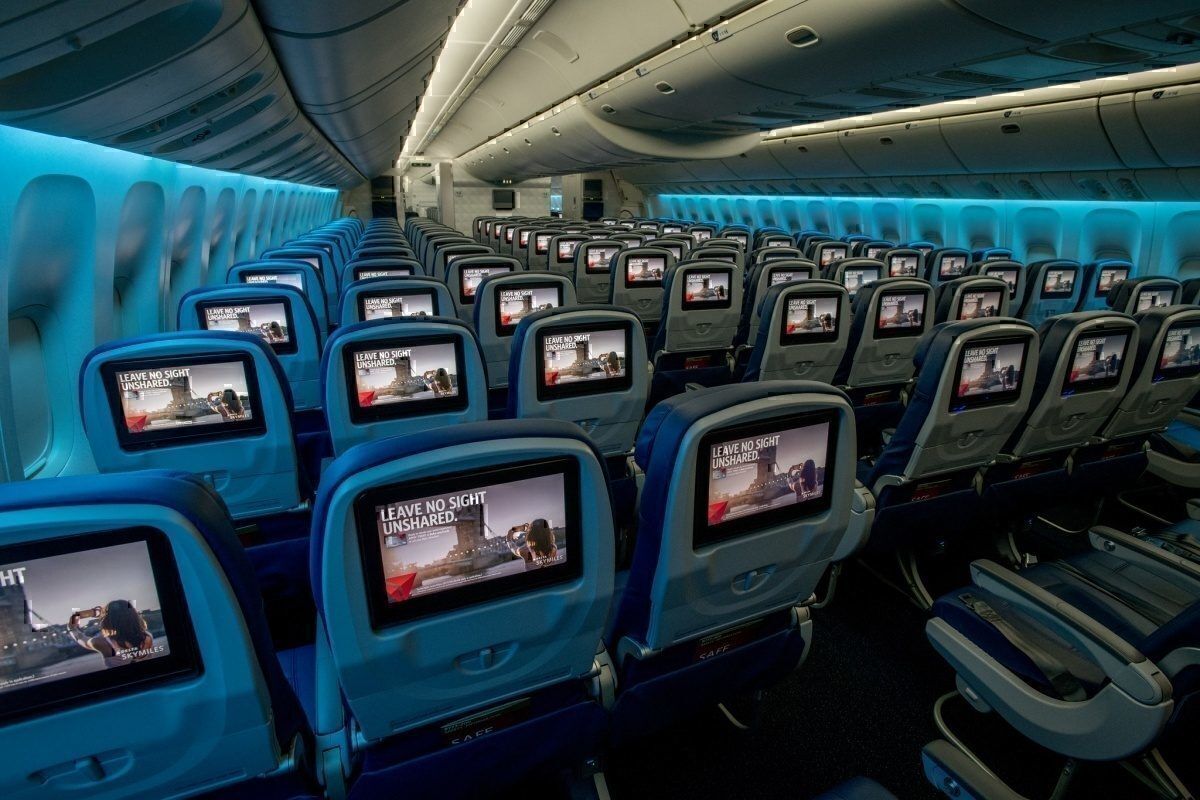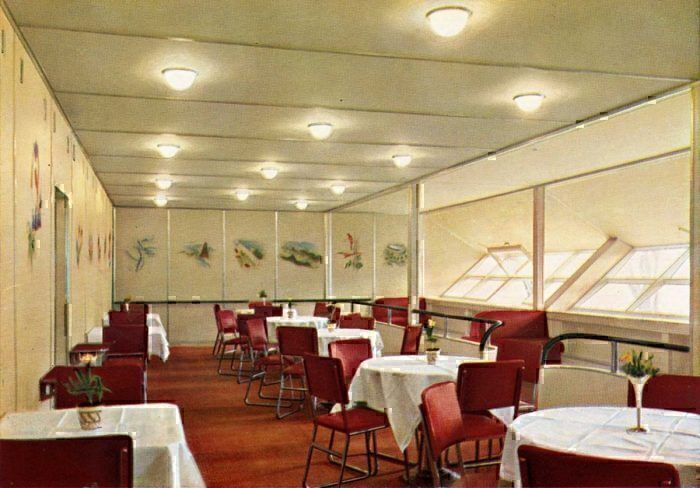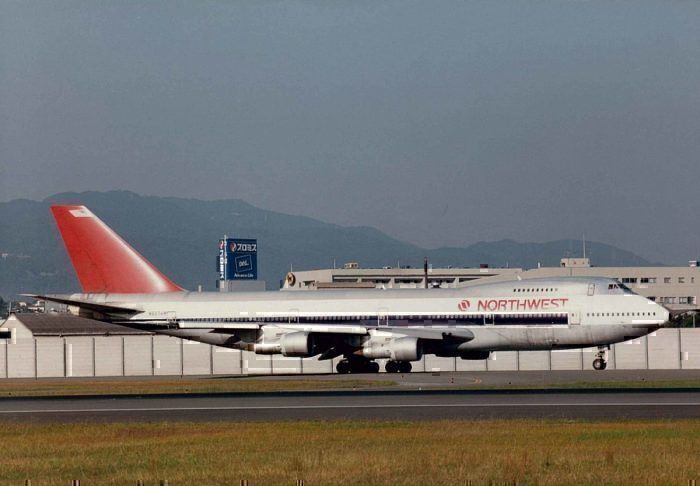In-flight entertainment (IFE) is often what gets many of us through those tiresome, long-haul flights. This service has adapted over the years and airlines are continuing to implement new ways to entertain passengers. As you might expect, IFE has changed significantly since it was introduced to commercial flights nearly a century ago.
Flight Network reports that Aeromarine West Indies Airways is the first airline to screen a movie on a flight. The amphibious aircraft flew around Chicago while showing an advertising film titled Howdy Chicago in 1921. This was seven years after the first-ever scheduled commercial service flew from Florida in 1914.
Grand display
Another four years went by before the first Hollywood movie was shown during a passenger flight. An Imperial Airways service between London’s now inactive Croydon Airport and Paris screened the dinosaur movie, The Lost World. During this time, airlines also used radio to broadcast sporting events, news, music and drama to keep fliers entertained.
Airlines soon went above and beyond to offer the best entertainment for their customers. The legendary LZ 129 Hindenburg contained a lounge, writing room, bar, piano and dining room. This airship also held 25 double-berthed cabins to accommodate 50 of its passengers, before the unit went up in flames in May 1937.
The 1930s also saw the introduction of in-flight television, with Western Air Express hosting ‘media events’ on their Fokker F10s. However, it wasn’t until after the end of World War II when airlines really started to promote these services. In a bid to attract attention, Pan American World Airways promoted "movies 7,000 feet above the Atlantic" in 1948.
Personal affair
The first true modern IFE system appeared in the early 1960s. Developer David Flexer invested millions of dollars over several years to build a system for projecting films within airliners. The mechanics were approved by the FAA in 1961 and was soon put into operation on flights across the United States.
Despite this landmark introduction, the movies struggled to draw attention from many passengers due to loud engine noises blocking most of the audio. Therefore, airlines soon introduced cheap headphones to address these soundtrack issues.
IFE became a more personalized experience after Northwest Airlines introduced an in-seat LCD monitor on their Boeing 747s in 1988. These screens soon gave flyers a video on demand service, along with a selection of audio to play. Subsequently, this had set the standard for most jetliners that fly long distances. Most major airlines now offer video on demand services with hundreds of movies, programs, songs and games available in front of their seats.
Changing technologies
Today, with the rise of inflight WiFi, many passengers are now opting to use their phones or tablets to be entertained. Many airlines are now implementing services to enable content to be streamed from mobile systems. This could pave the way for personal screens to be phased out in favor of BYOD WiFi services.
Etihad, Qantas, Virgin Australia, and American Airlines have all ditched personal screens for their short-haul aircraft. On the other hand, Delta has remained committed to personal IFE in a move to out-do its competitors. Along with this, United recently announced that it may offer IFE on its 737 MAX once the range is cleared for operations.
Personal IFE has the ability to continue adapting to modern inventions. There are currently inactive cameras that are installed on many units, which could pave the way for video calling and remote conferencing. Virtual reality is also being introduced, with British Airways recently testing the technology on their services between London to New York. Ultimately, airlines will continue to find ways to implement new technologies to offer a competitive service.



